The sports scene in international schools grants opportunities and a great environment for learning. Through top-tier facilities and trips to foreign countries for tournaments, student athletes grow athletically and socially. However, behind the immaculate resources and flights abroad, they partake in far less competition in the region compared to big programs in the States. These students subsequently play significantly fewer games and lack the “sports culture” that schools in the States harbor.
Smaller private international schools are blessed with great infrastructure and an emphasis on inclusion of all from novices to pros. Sufficient funding allows coaches to purchase equipment that public education can not afford. “Our school seems to have way better facilities than regular Korean schools and I know it’s better since I attended a regular Korean school before coming to international school,” said Andy Lee, a student athlete from the International School of Busan.
Due to a limited student body, all if not most athletes receive the opportunity to join the team: sports are beginner friendly. Meanwhile, US schools procure a rigorous process of elimination through tryouts, where umpteen kids compete for coveted spots on restricted rosters. “The basketball team tryouts are way more competitive in the US. Normally, each basketball team consists of fifteen players, but it is very limited. Even though there are varsity, JV, and freshmen teams, many people fail to have basketball as their afternoon sport,” said Caden Choi, former varsity freshman in DIS and current junior of the Episcopal High School junior varsity basketball team.
Competition proved significantly steeper when Choi went from a DIS varsity starter in 9th grade to JV the following year at his new American school. “Getting into the varsity basketball team is very hard to do, because most of the varsity players are basketball recruits, and most of the roster is filled mostly because of the returning varsity players from last year. If you want to be on the varsity team, you need to attend 6:00 am workouts with the team before the season and showcase your skills as much as possible,” said Choi.
Regional international schools lack competition to play. They miss out on “Friday night basketball” where friends and families pack gymnasiums for intense match-ups. For example, varsity basketball in the U.S. typically plays every Friday over a 10–14 week season, totaling 20–30 games, not including tournaments. Weekend tournaments extend those numbers to roughly 50. “We play one tournament every weekend, pretty much 4-6 games every weekend. Which is similar to Daegu Middle High School (DMHS) in terms of them being once a week but there are definitely more games,” said Ethan Wittington, an ex-DMHS now Amateur Athletic Union (AAU) athlete in the US.
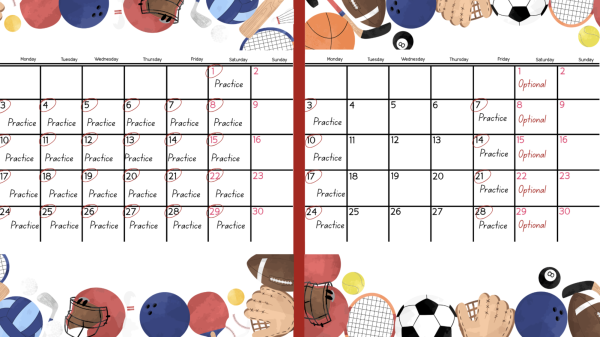
The lack of matches also translates into poorer performances: in-game scenarios can not be replicated in practice. “Practice is obviously good, but you can’t practice game speed all the time, or you can’t practice situations against opponents. It can help you improve throughout the season. And just bonding with your teammates. Practice is fun, but it’s different when you’re playing against an opponent you’re trying to win and rise up through the ranks in your conference or your state ranking. When you are really working towards a goal the entire season, I think it’s a huge benefit,” said Mr. Bergan, DIS athletic director.
Consequently, these schools are devoid of sports culture. Homecoming games, cheerleaders, and marching bands are just a few cultural norms in the States. “It is very similar if any of our kids have been to DMHS where typically it’s after school or later in the evening where parents can come, people from the community…sometimes you might be playing in front of 300-400 people, but just more of a cool environment than you would typically see in a game on TV where you just got a lot of emotion going on, a lot more noise,” said Bergan.
One practical solution to the limited number of games and small conferences faced by local international schools is to join leagues with nearby Korean public schools. These leagues are well-established and include nearly all schools in the city, offering a larger pool of competition. “I think it would be a great opportunity if we had the chance to play students from other schools who are even more dedicated than we are for sports to get ready for tournaments against schools in Jeju,” said Colin Ji, senior three-sport athlete at DIS.
By participating in these conferences, international school athletes would benefit from more frequent games and a wider range of competitive experiences throughout the season. “We don’t really have that many games. We have tournaments. Which means that we have to perform our best within the first few games of the season. And that’s really tough because for teams that change in members and teammates every year, it’s very important to get the feel of the game. Even if we have the skills and fundamentals down, the atmosphere is very different in-game,” said Ji.
International schools wield a double edged sword: they provide top tier resources and promote inclusivity, but restrain development due to the lack of competition. Let’s take steps to close the divide. Open up competition with Korean school leagues or seek more friendly matches. That would evolve the smaller school community into something greater: bleachers packed with families and friends, and athletes reaching their maximum potential.

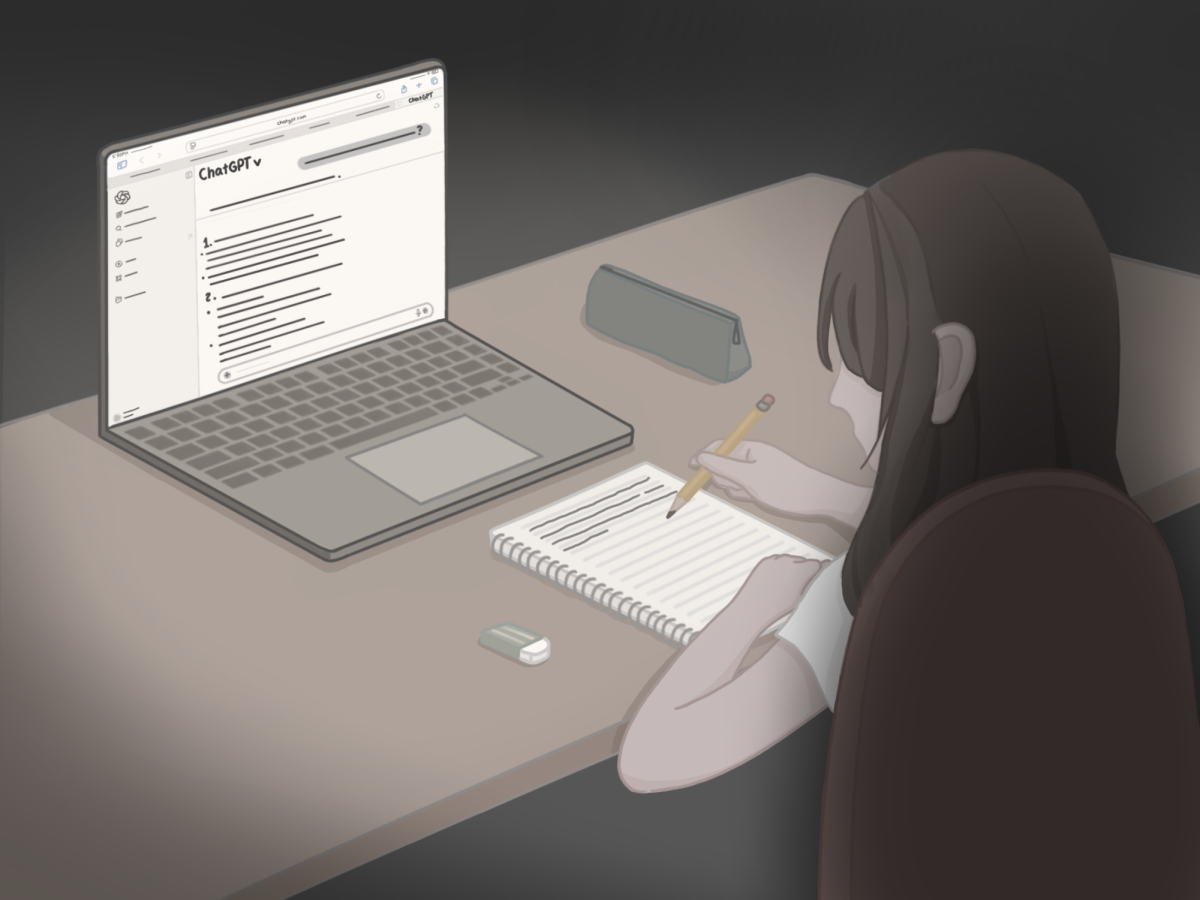
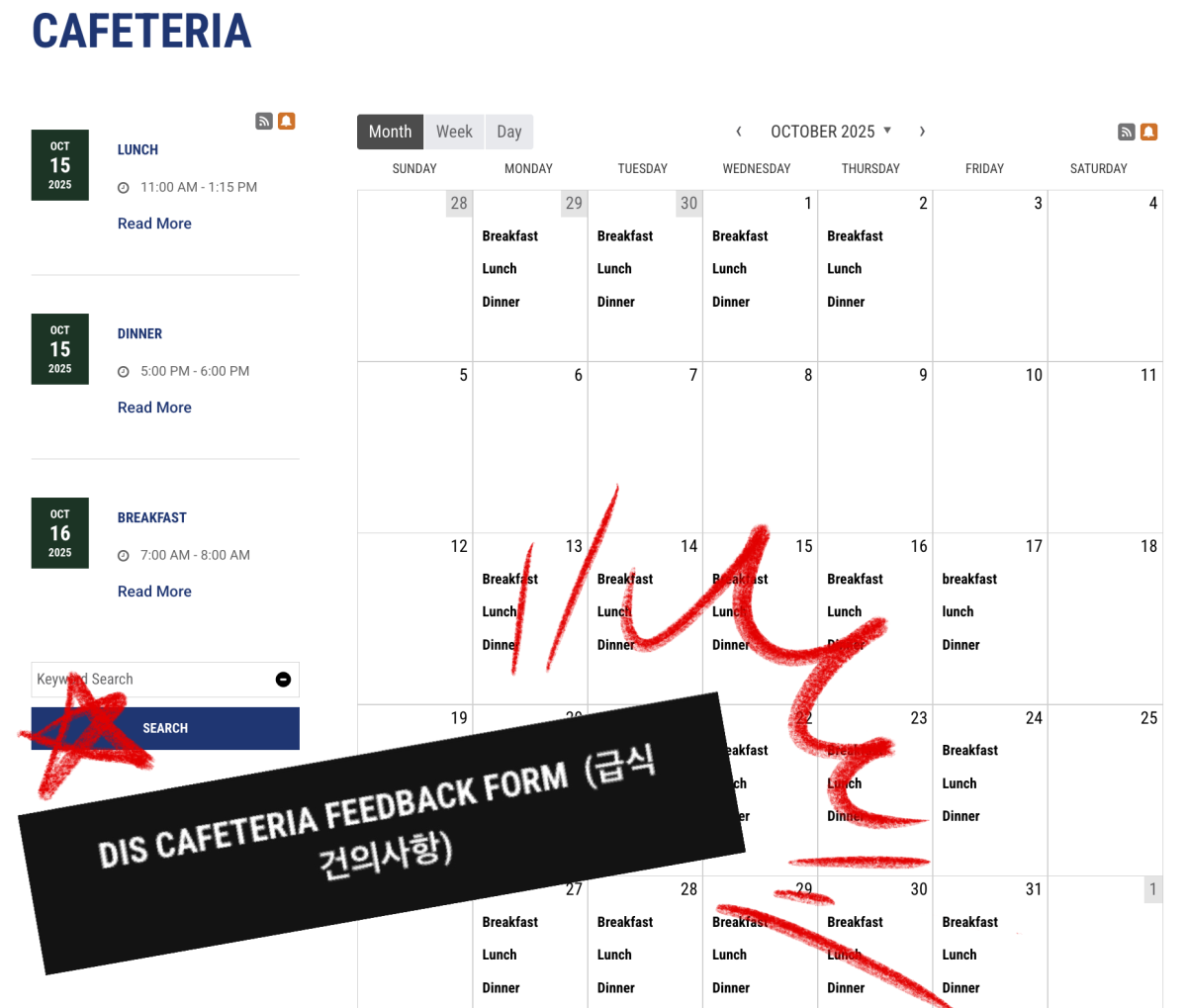
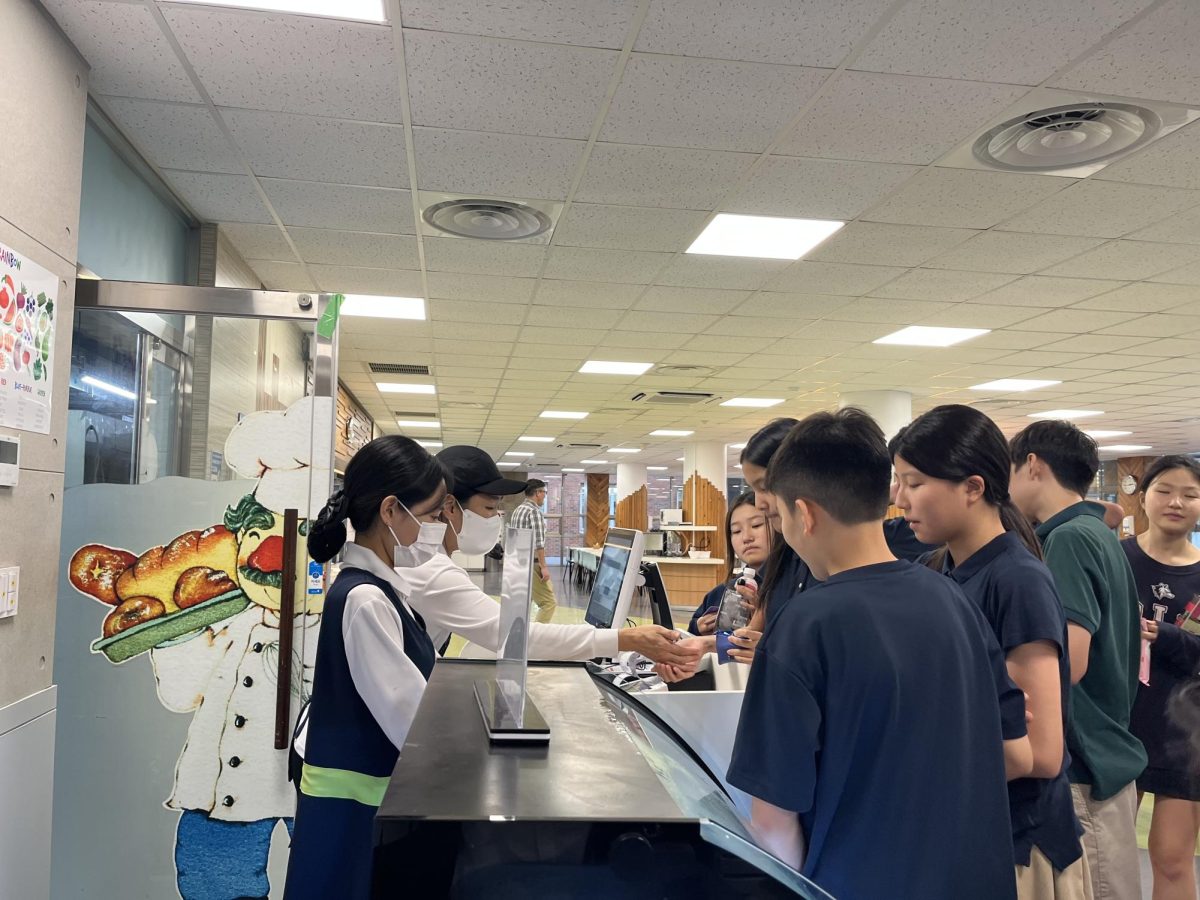

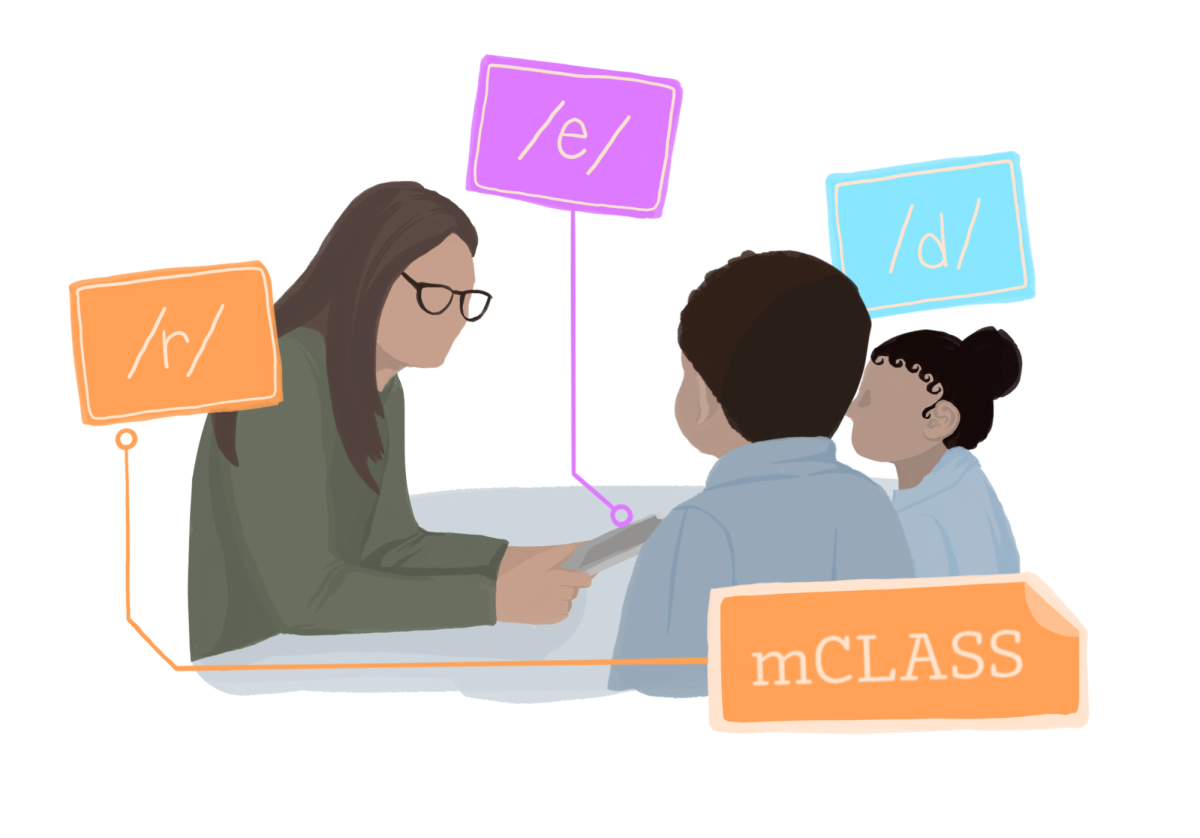
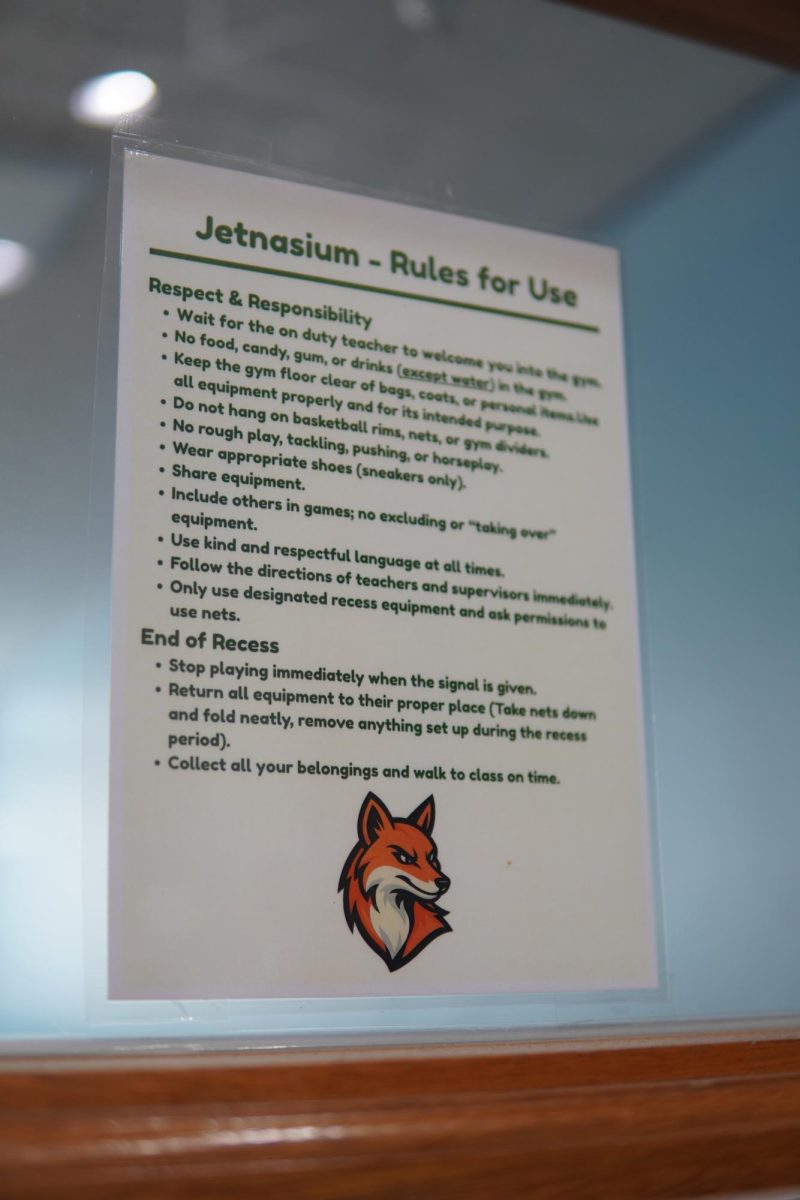
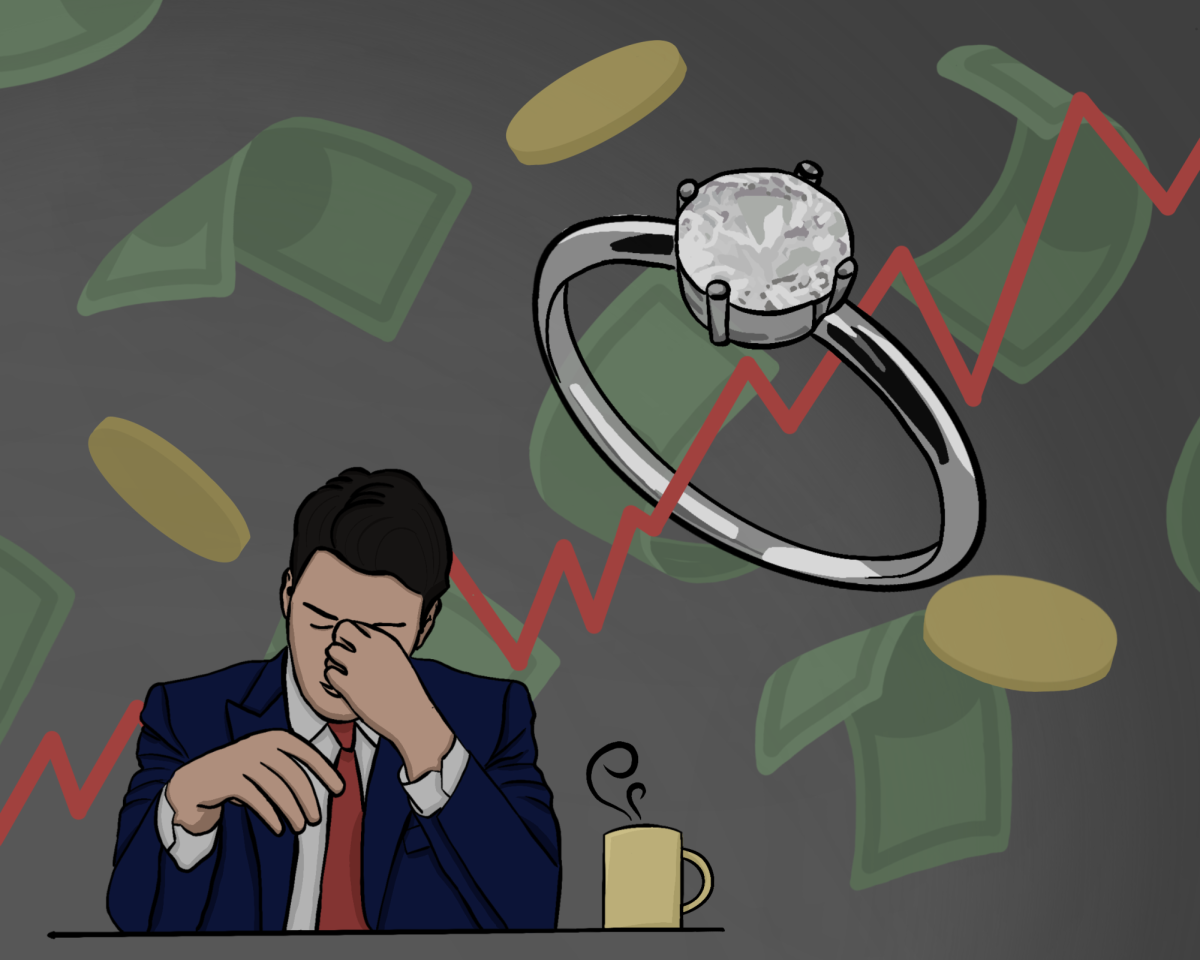
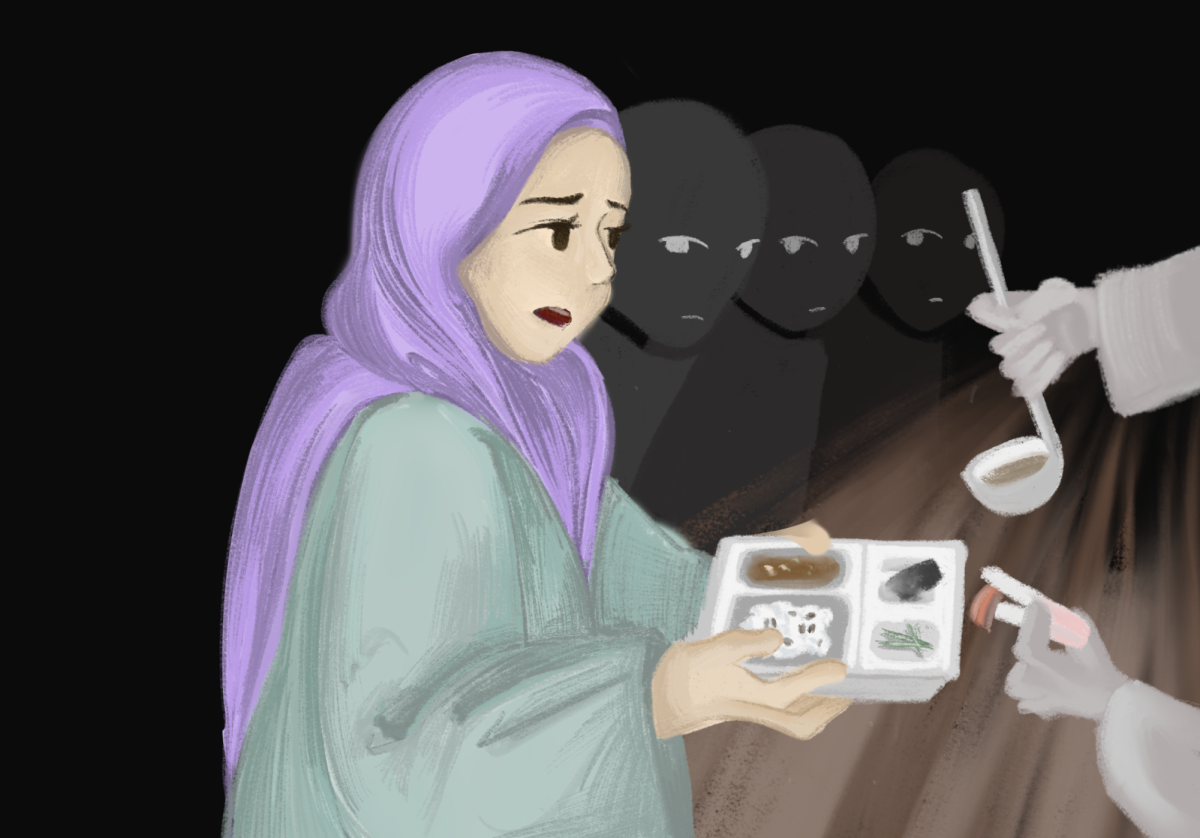
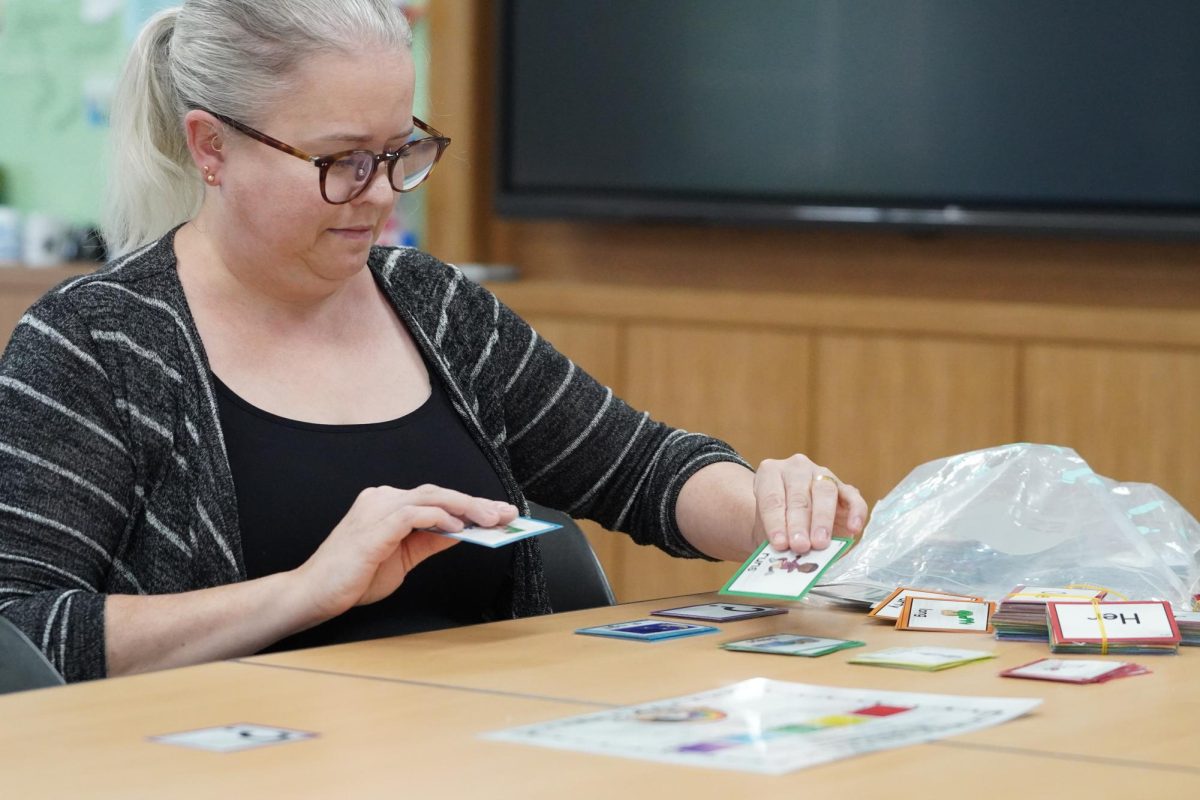

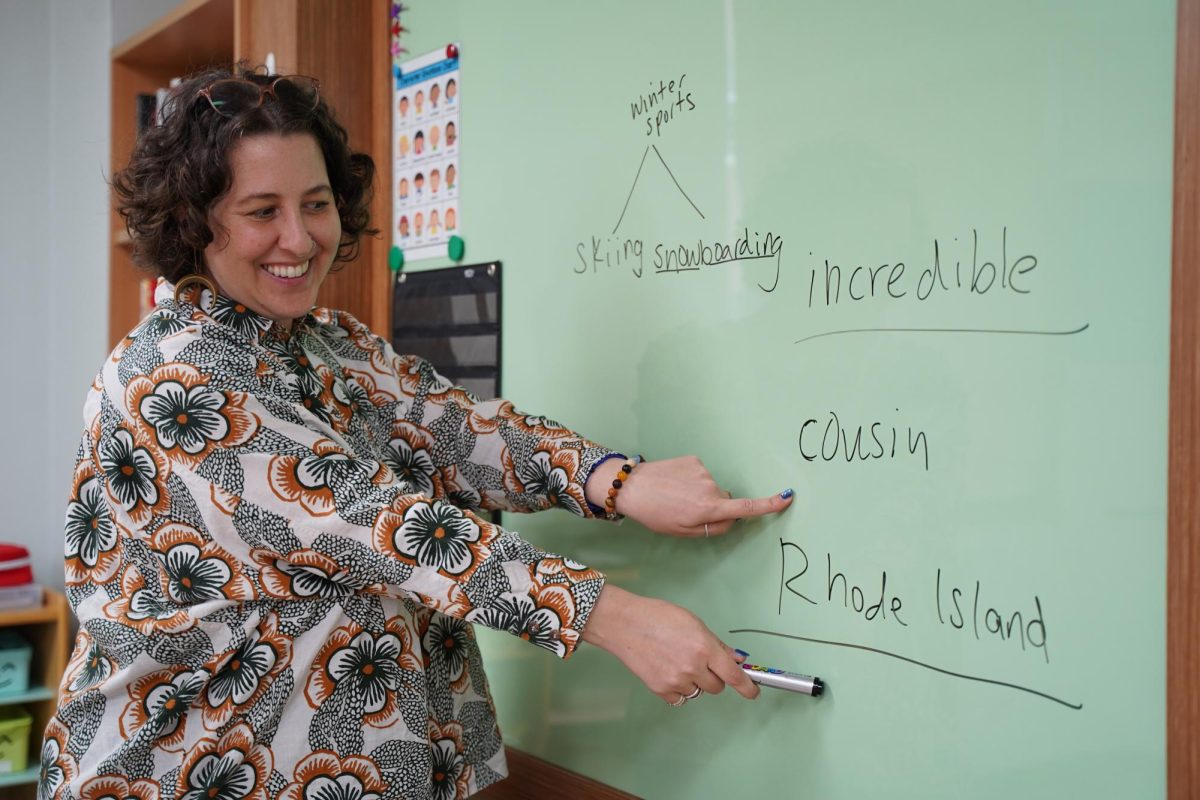
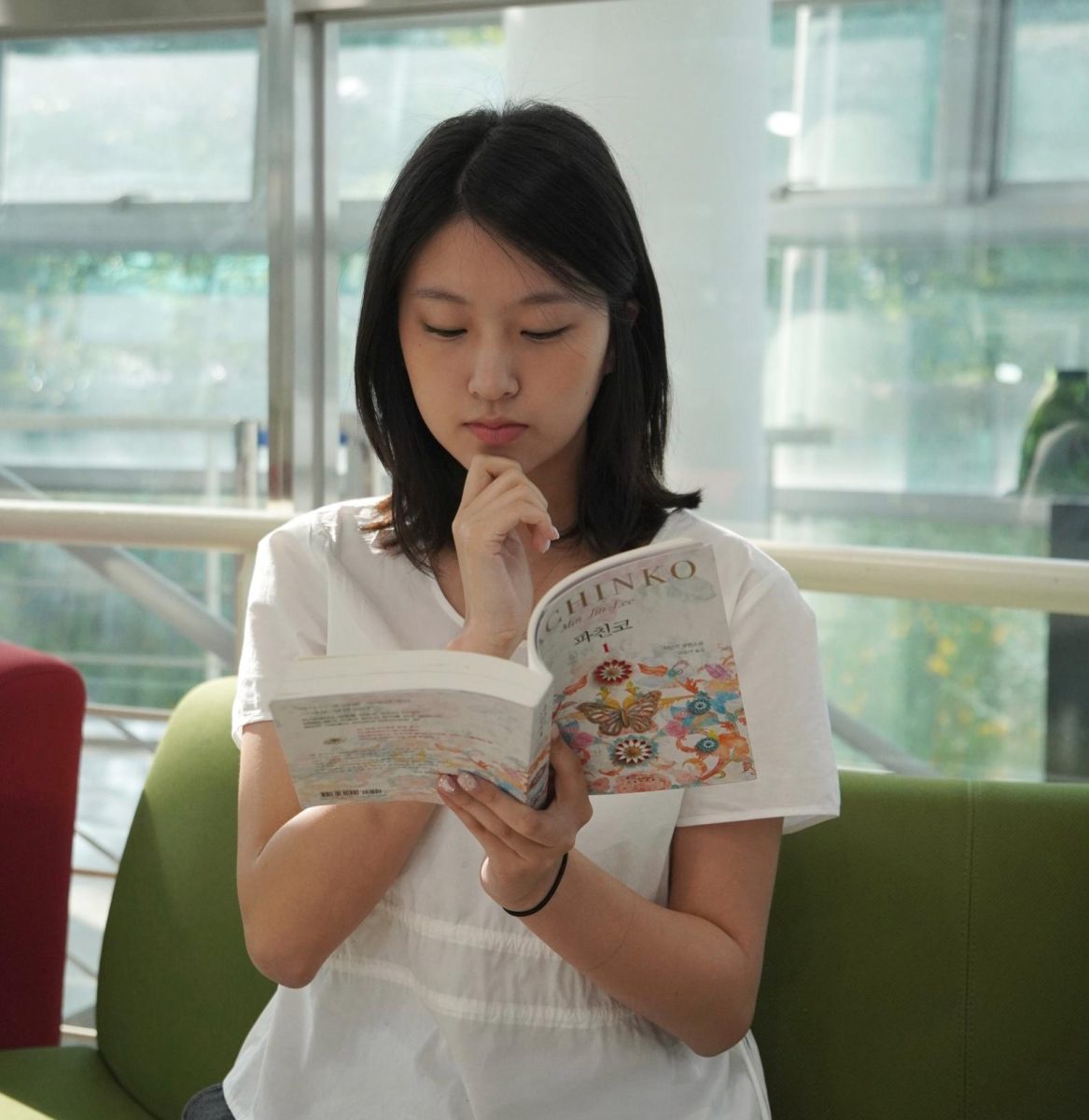

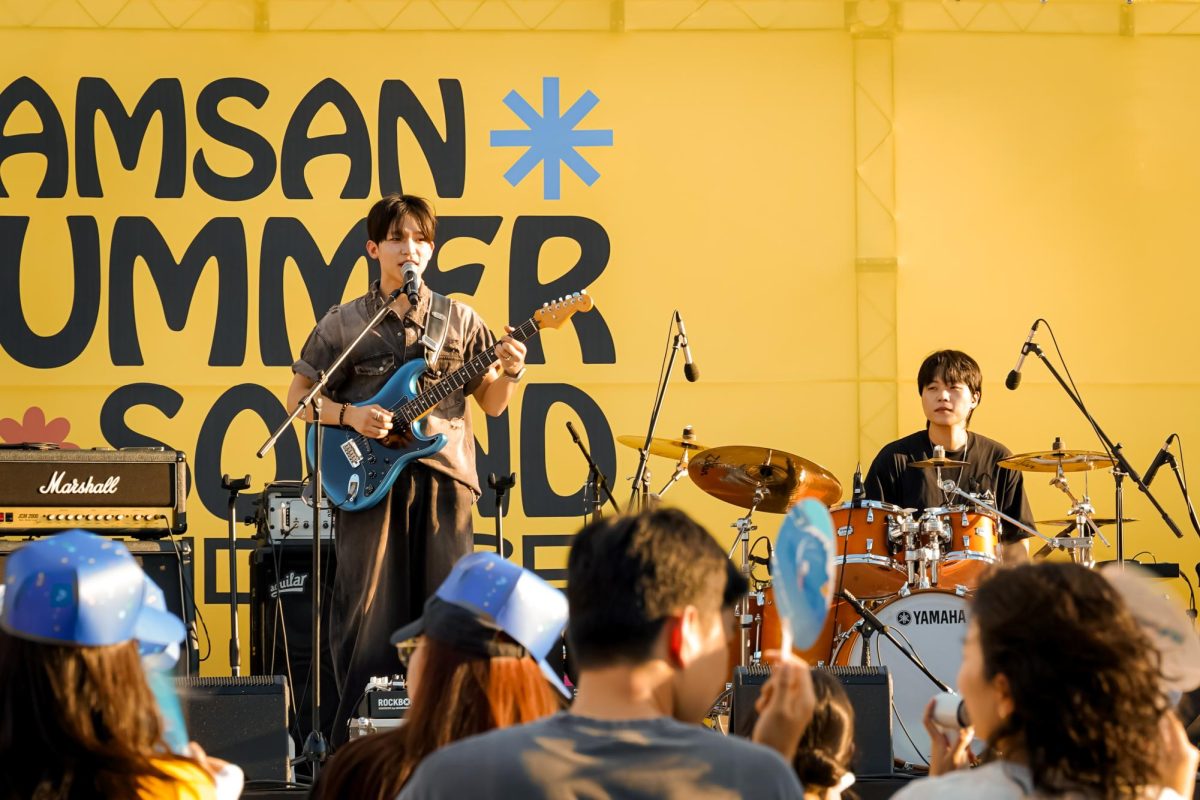

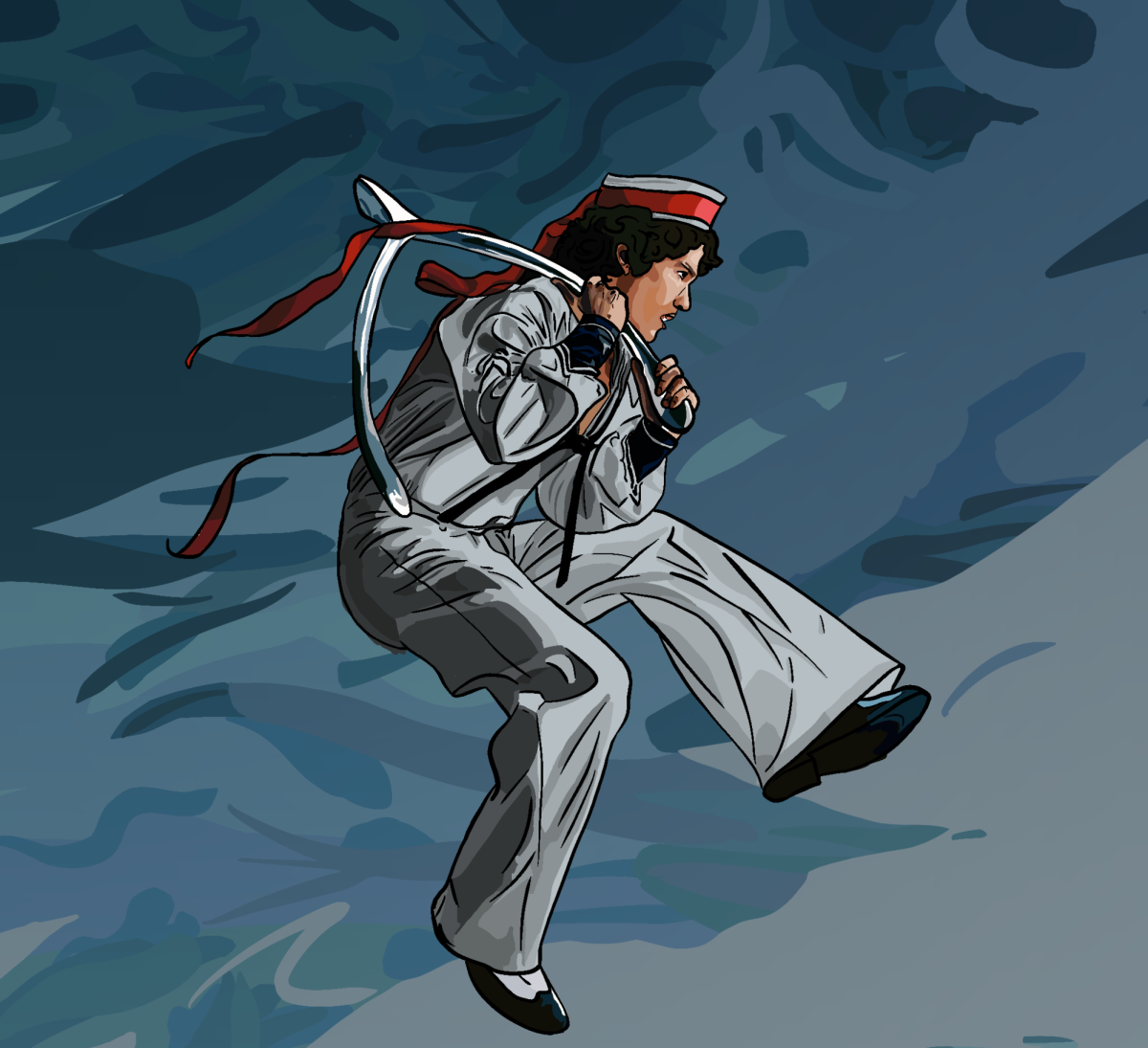



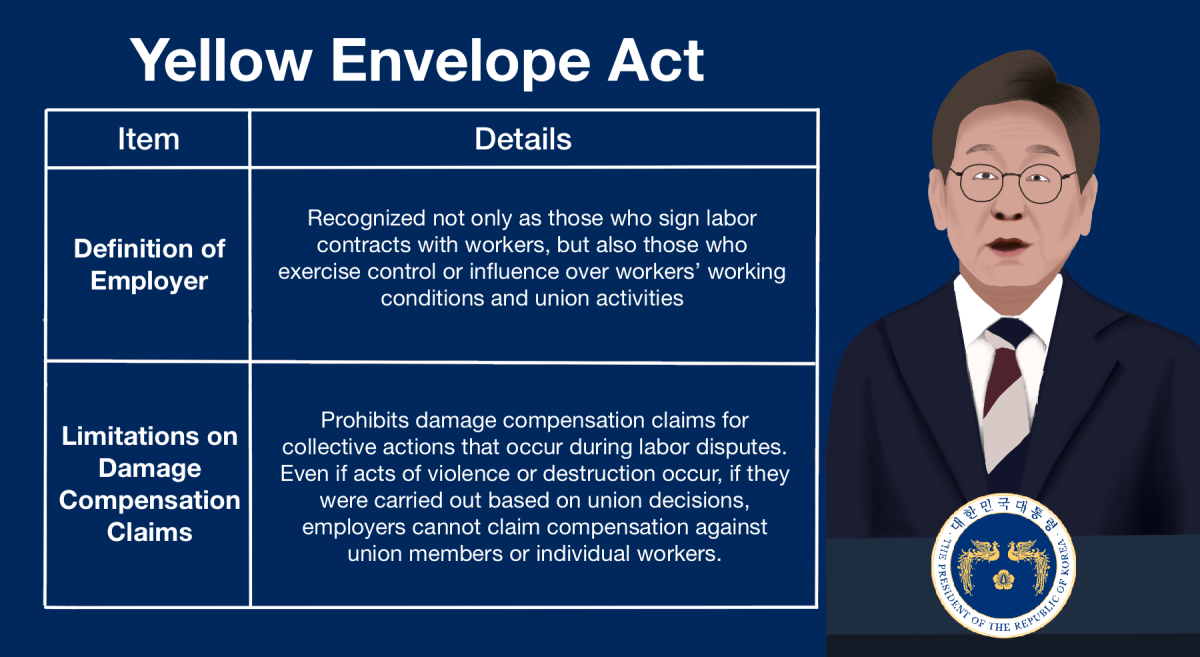
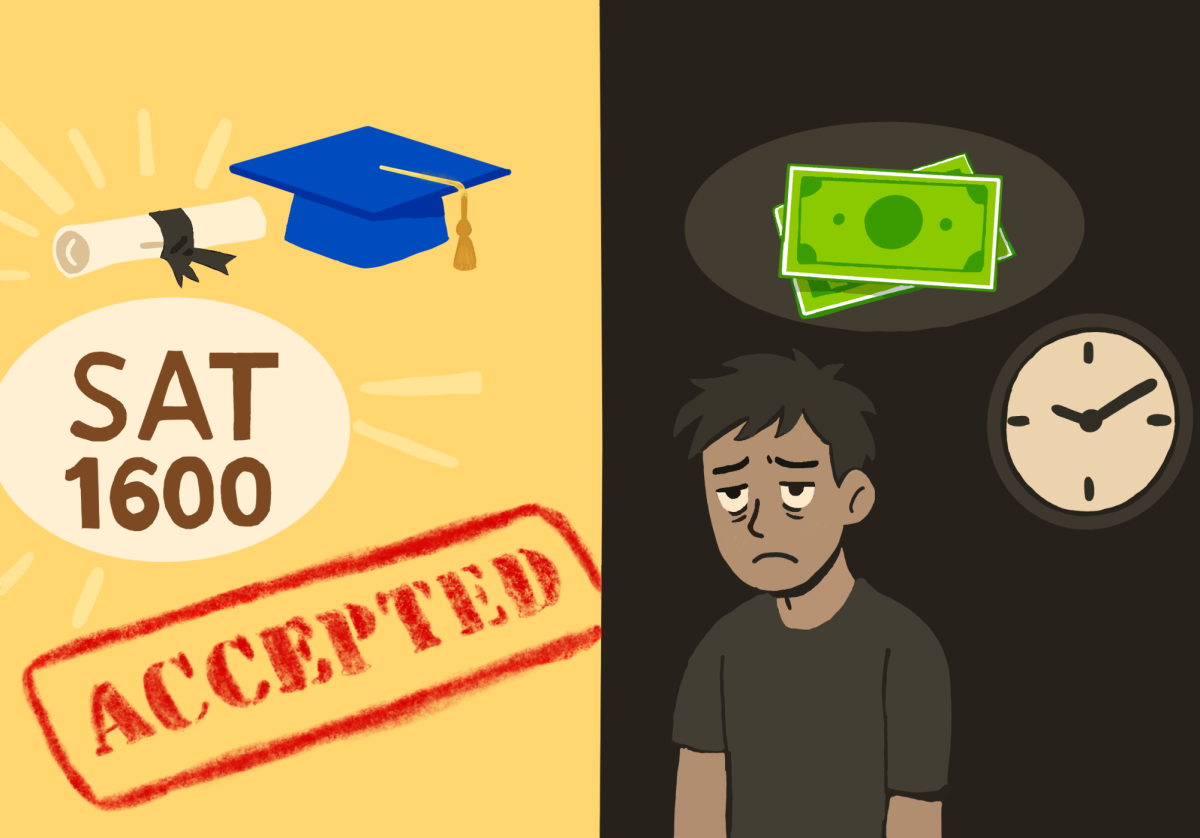

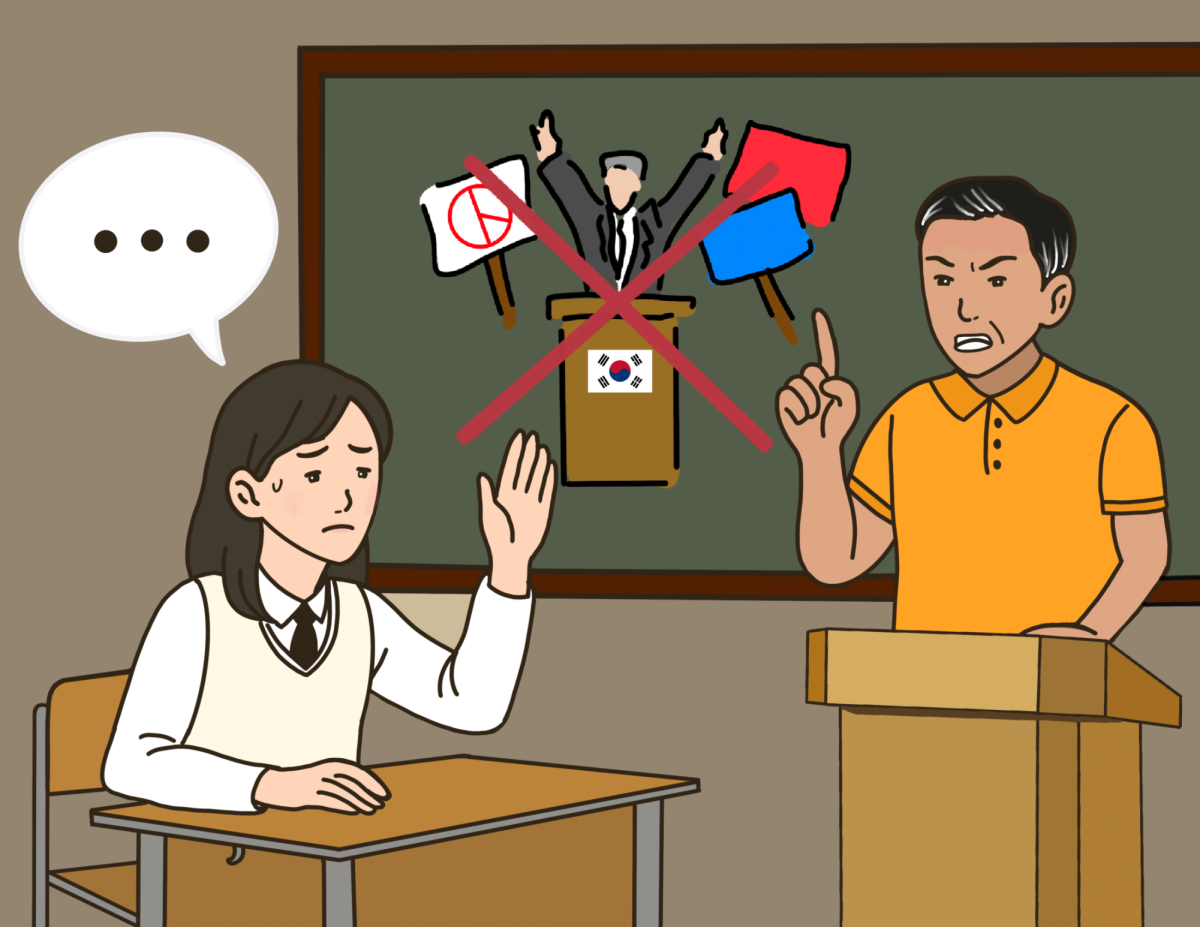


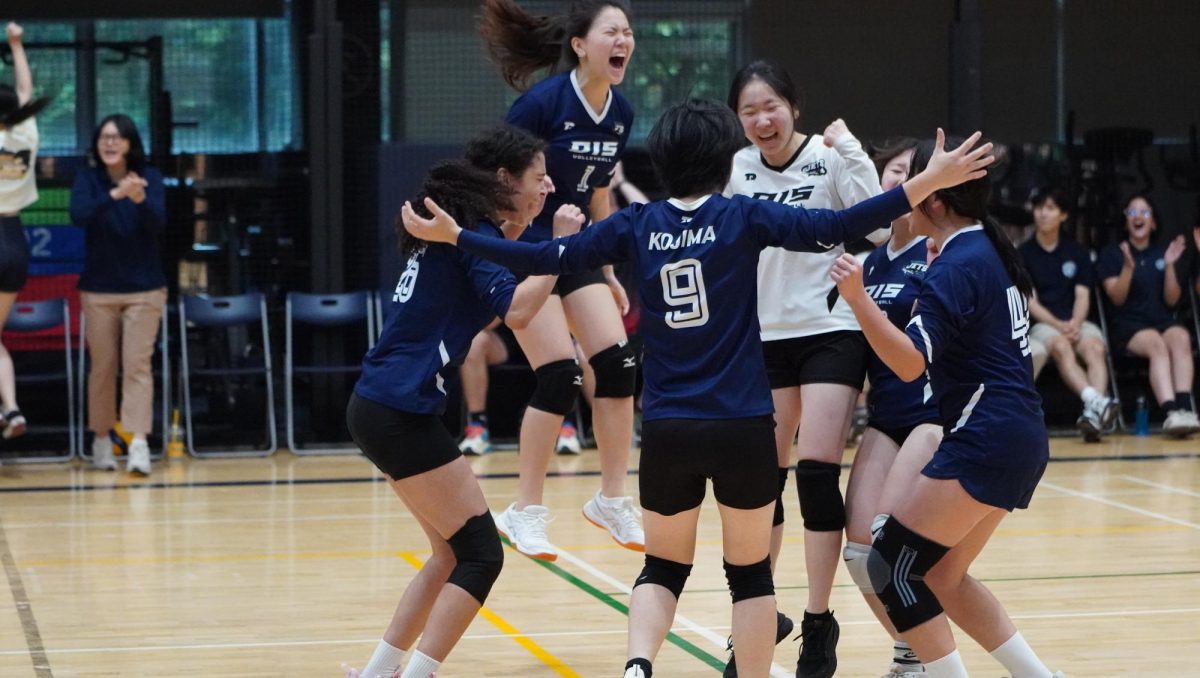
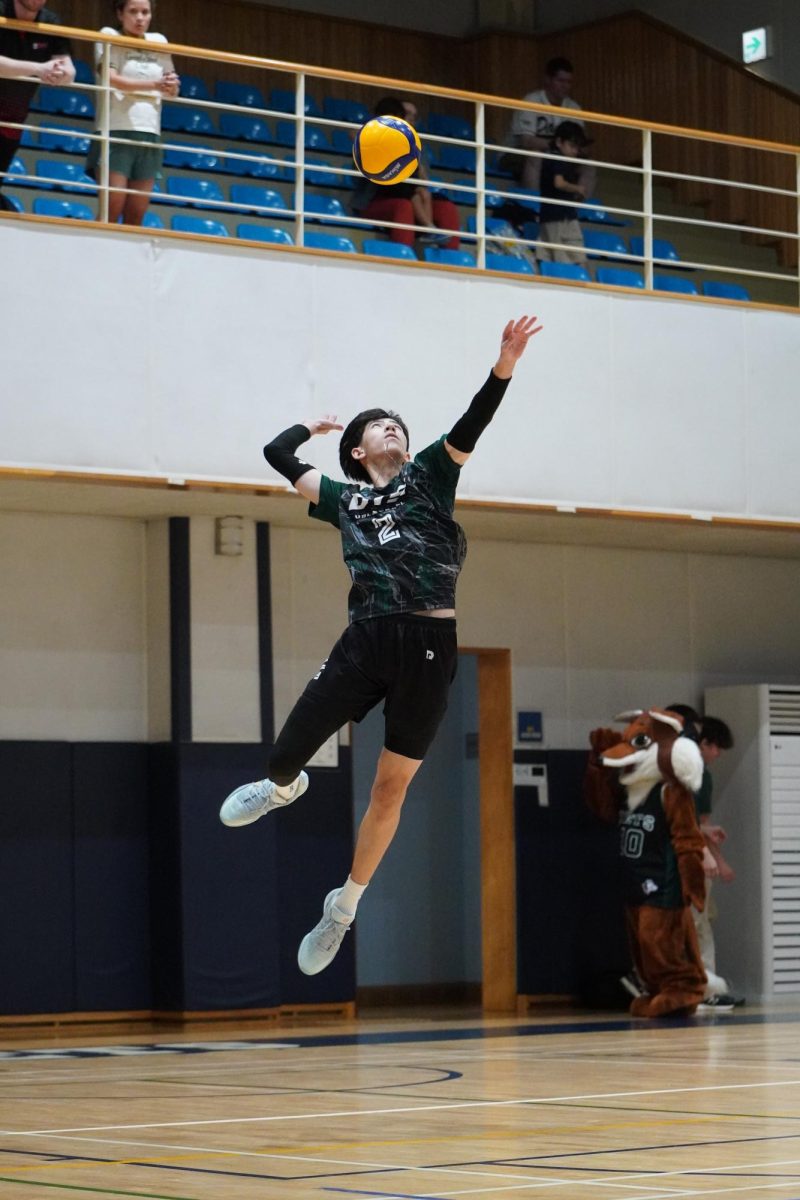
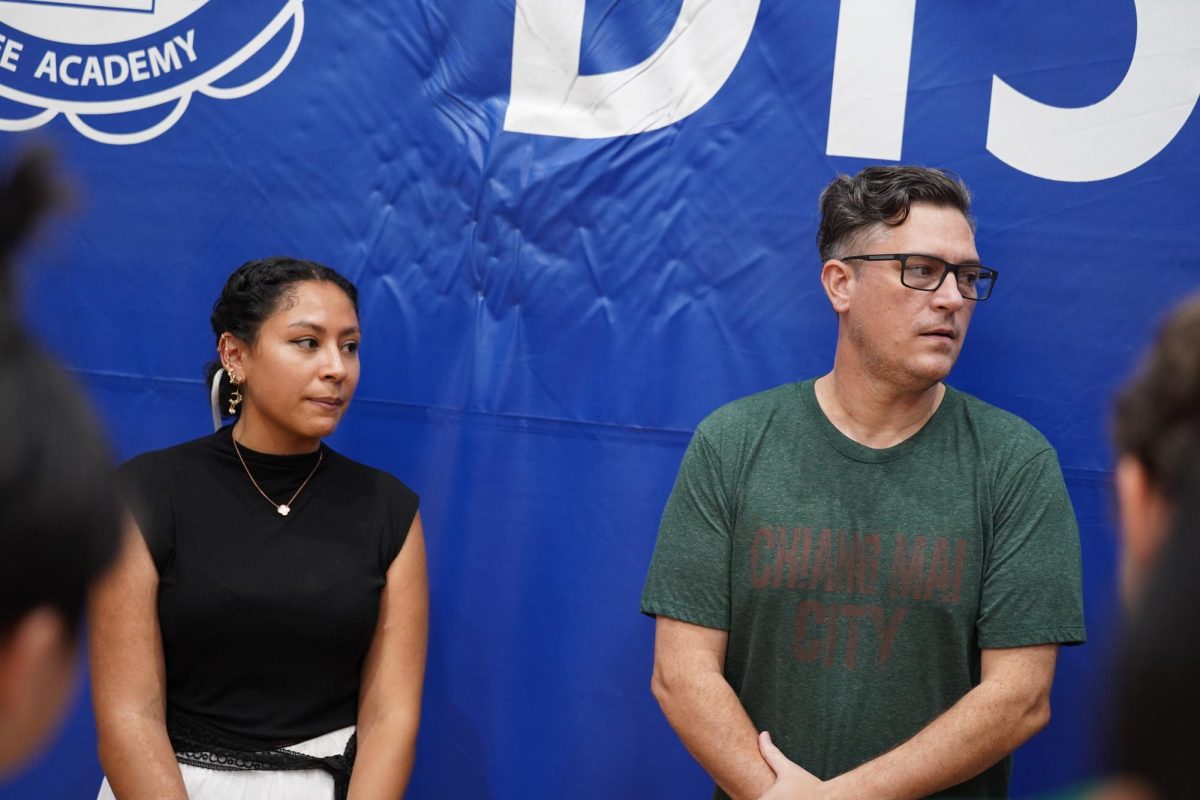
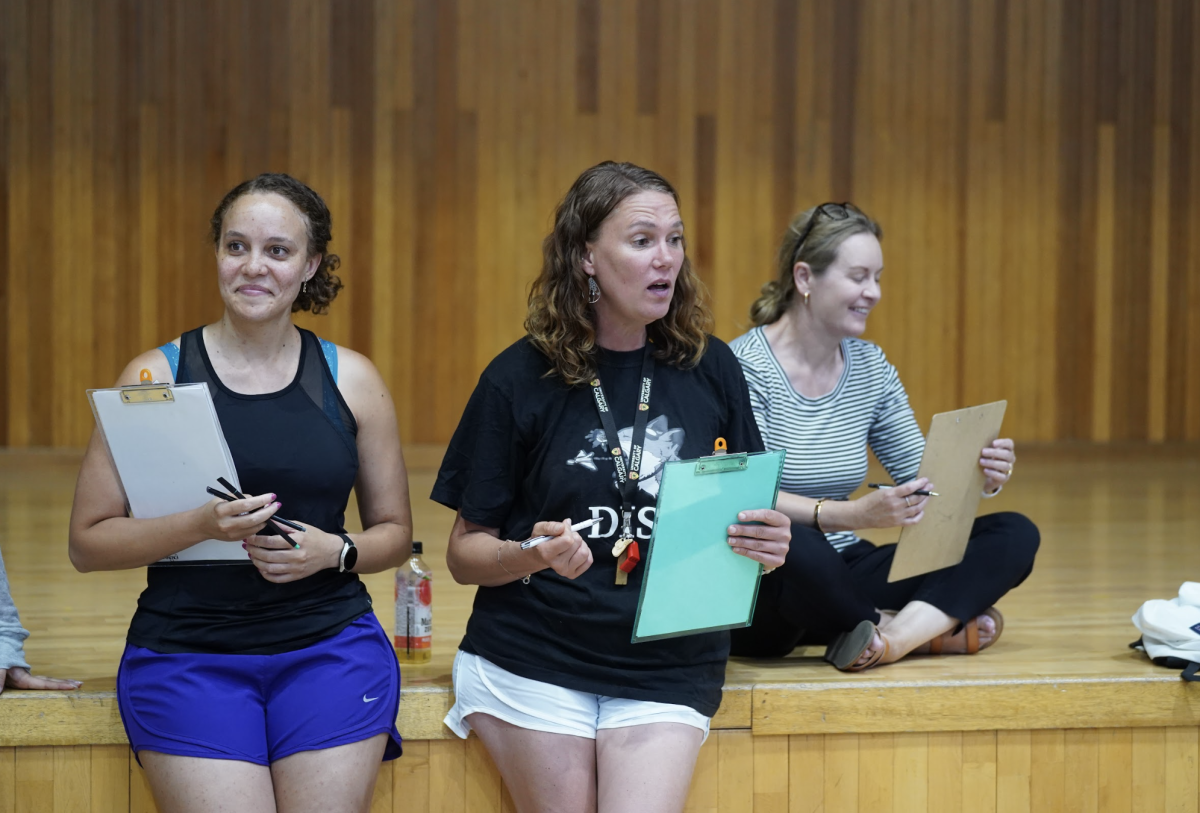






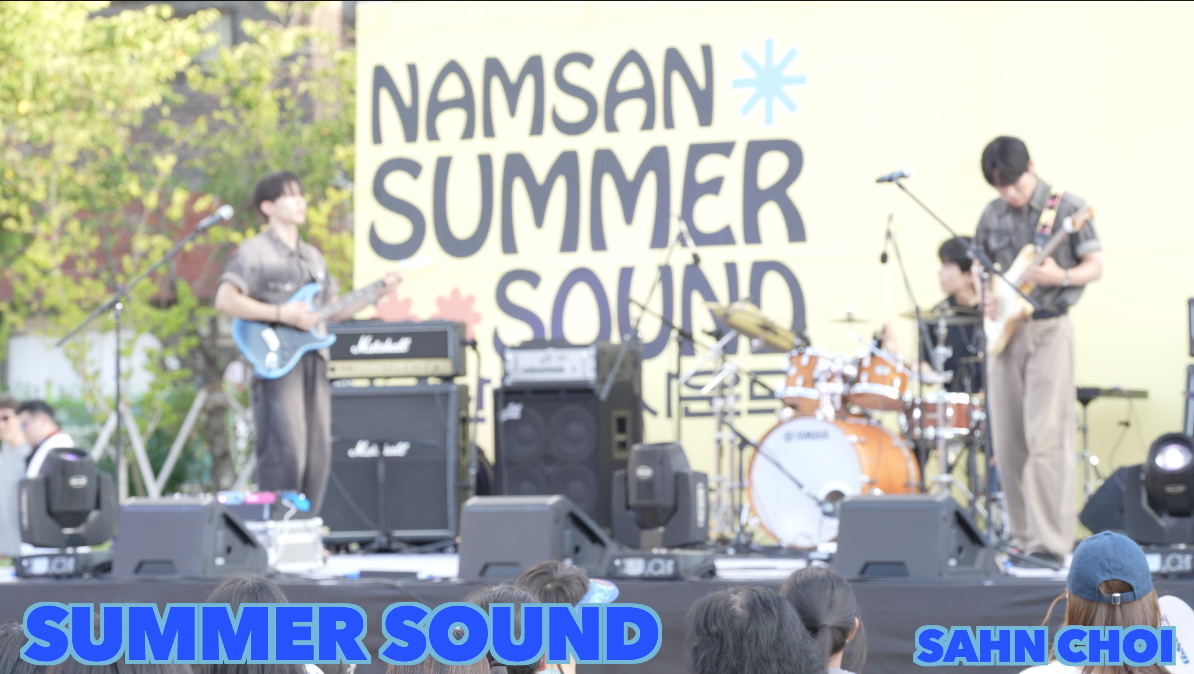
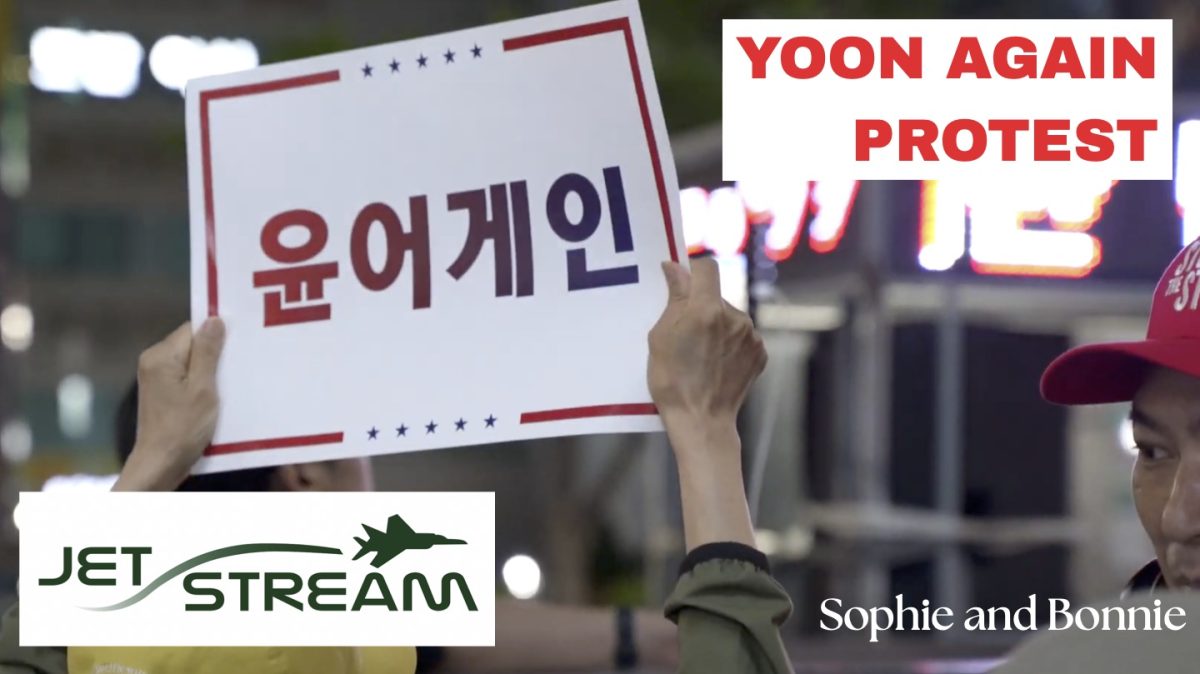
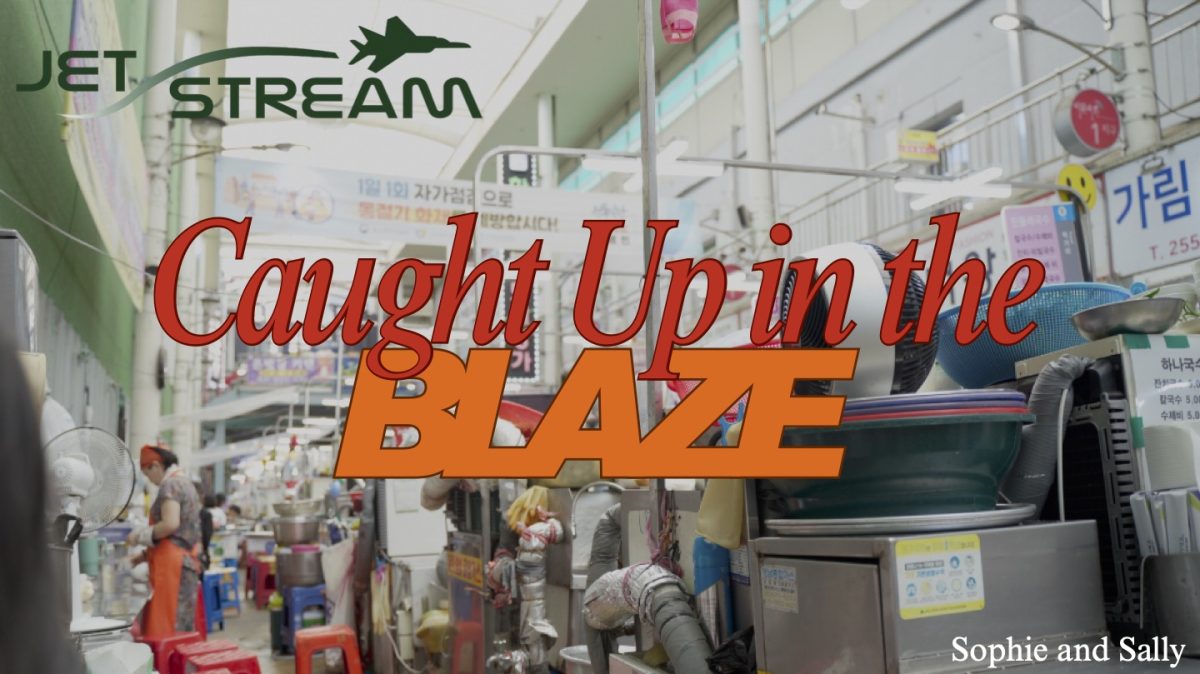



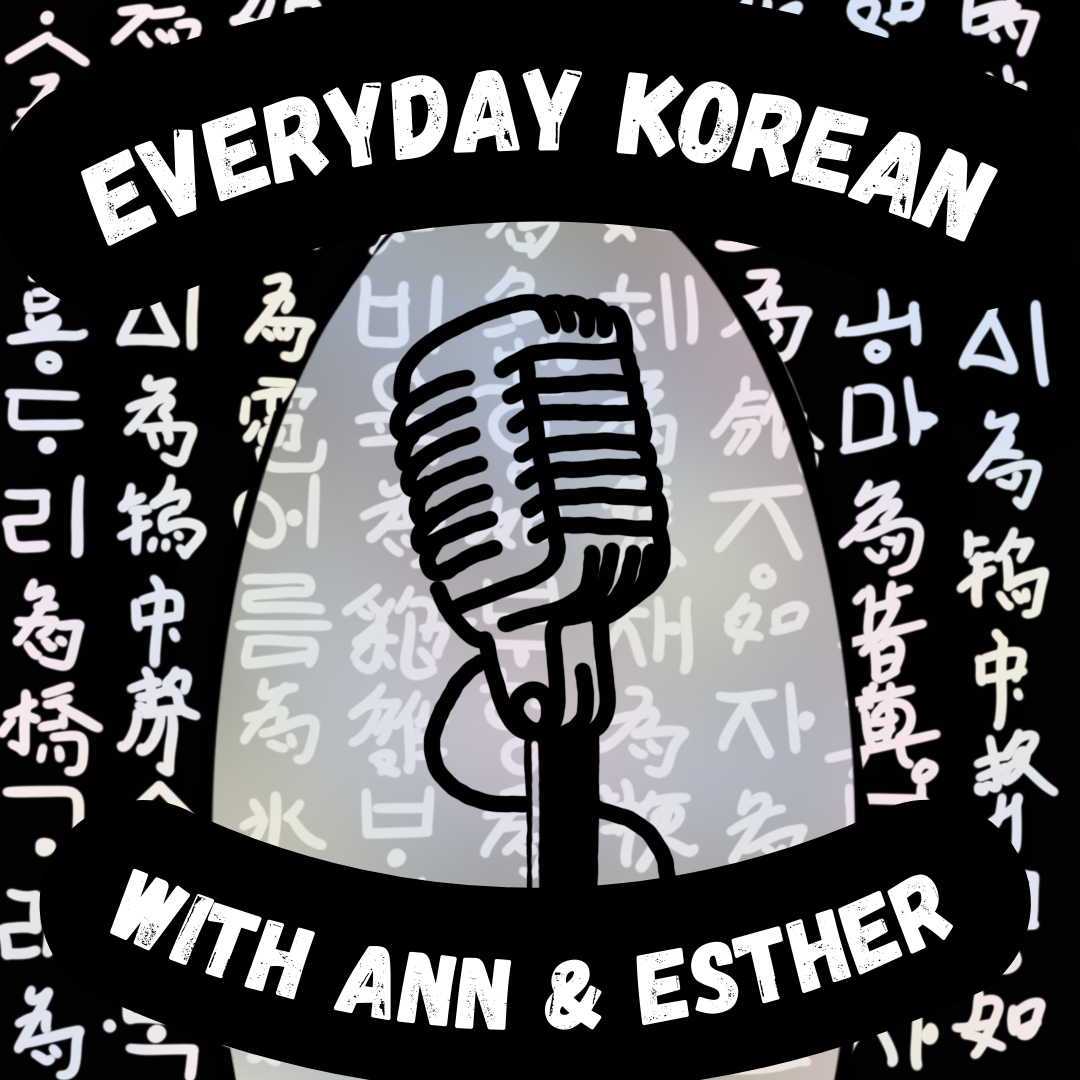
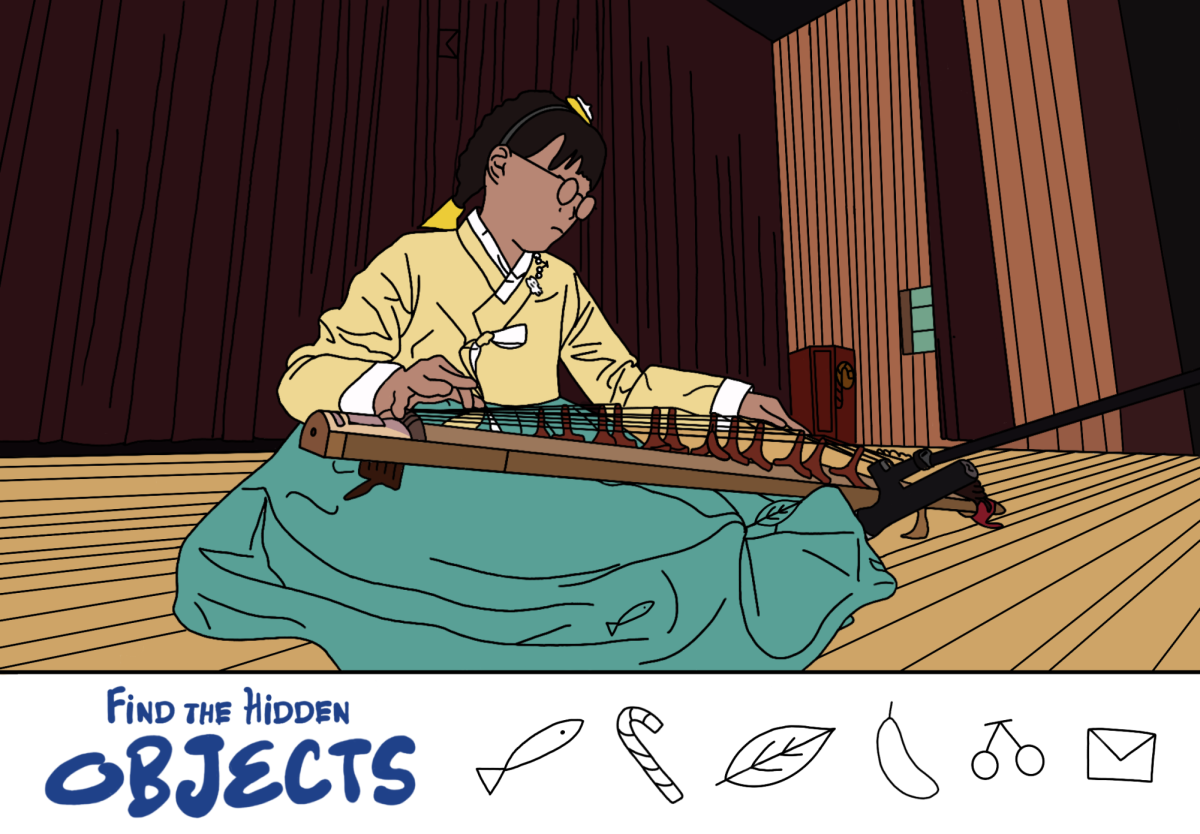


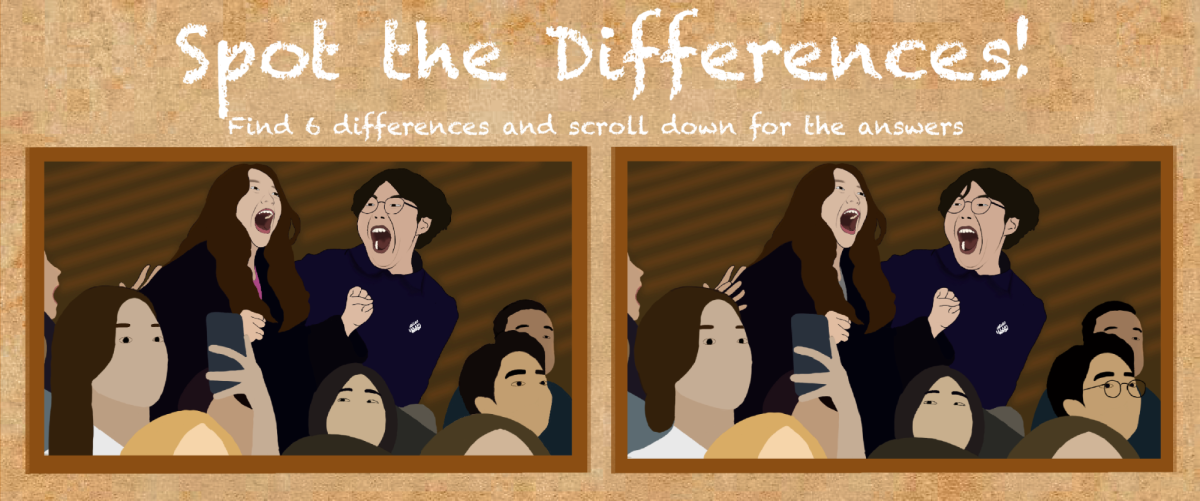

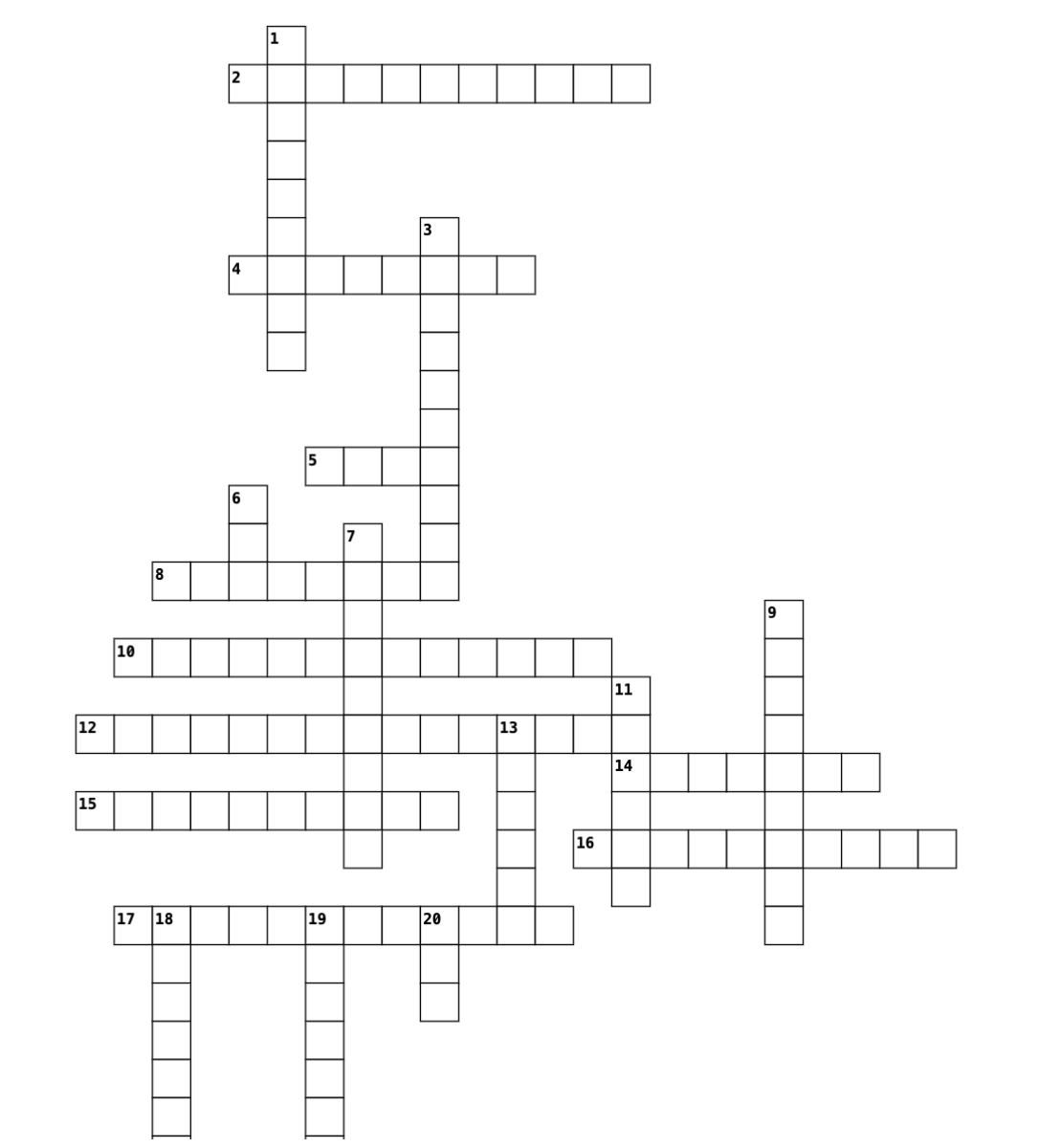

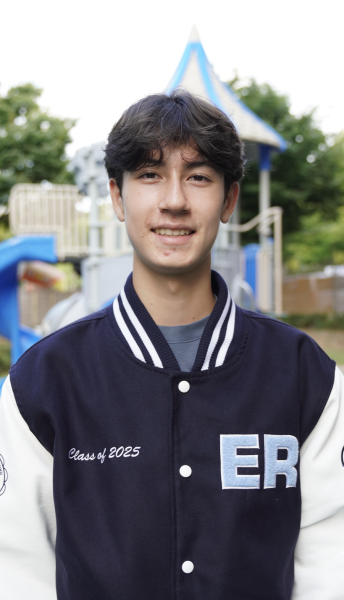
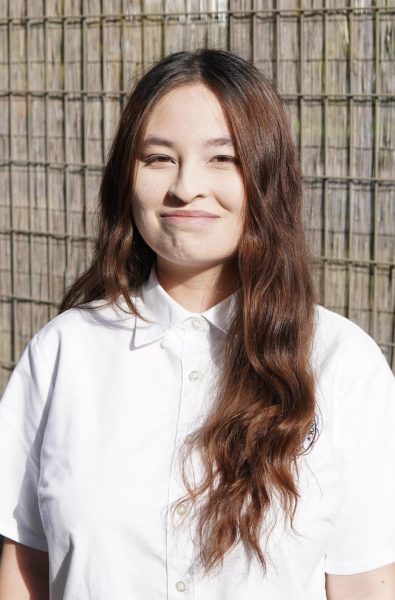


Dana Lee • May 22, 2025 at 7:29 pm
I was very shocked after seeing the differences of sports in other schools! I thought they would be very similar, but there’s way more people watching the games, there’s also more practices and less games.
Ms. White • May 22, 2025 at 5:35 pm
I did notice that at some international schools, they do play local schools once a week. That would be a great addition!
It should also be noted that at American schools often times athletics is in place of P.E. So while we always had early morning practice, we also had a whole period during the school day that was used for more practice.